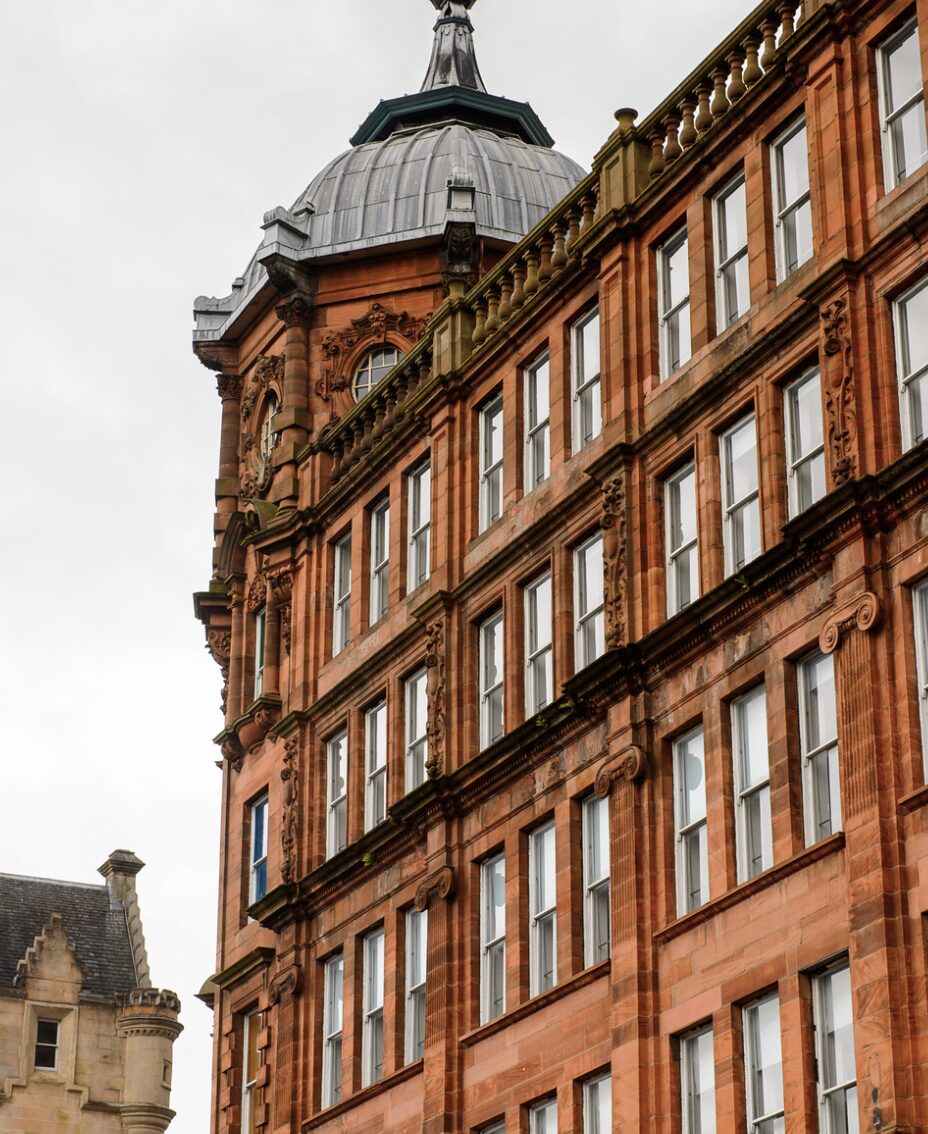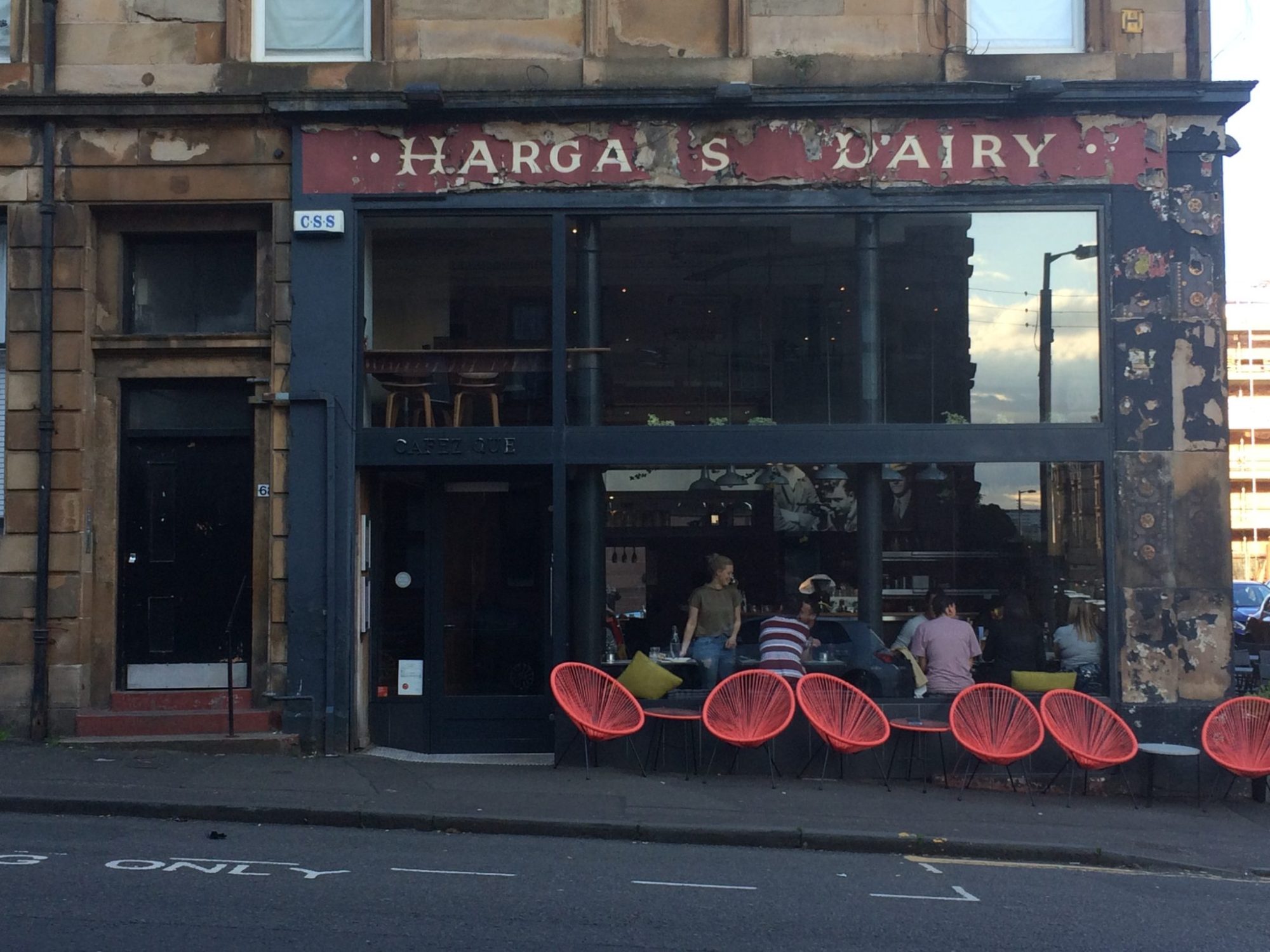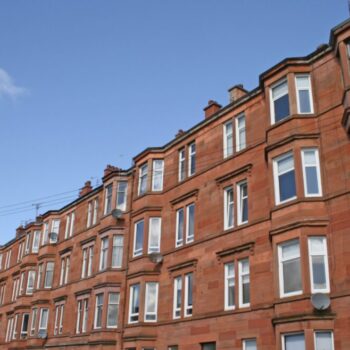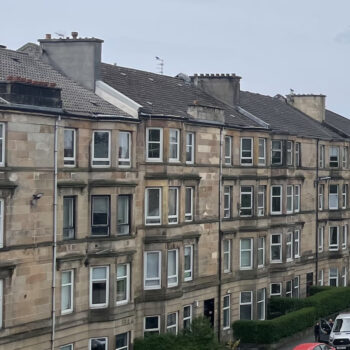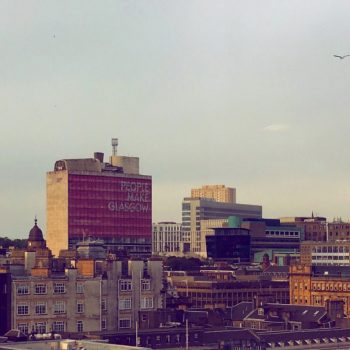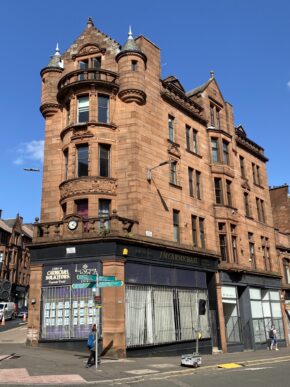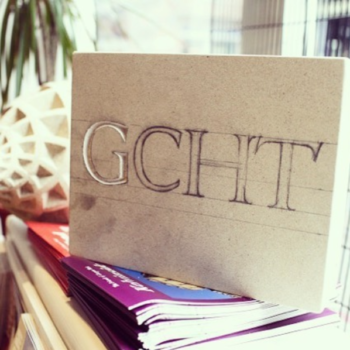
Vacancy: Trainee Building Inspector
Salary: £24,000 p/a
Full Time
Glasgow City Heritage Trust gives out almost £1 million in funding each year to help people in Glasgow protect, repair and promote the city’s historic buildings and places, and tell the city’s story.
Through our historic environment grants people enjoy, understand and care for Glasgow’s historic built environment and are able to access funding and expertise which ensures the sustainability of the city’s heritage for current and future generations.
Our historic environment plays an important role in successful neighbourhoods and high streets which are vital as a focal point for social and economic interactions and sustainable communities.
An exciting opportunity has become available for a Trainee Building Inspector to join our team. This new role will provide training and mentorship to someone starting out in their career within the built environment. It is an entry-level role suitable for someone who would like to expand their professional knowledge of maintaining and repairing historic buildings.
The successful candidate will develop a training plan for themselves and attend site visits and meetings, with the goal of gaining first-hand experience of working with traditional buildings and the skills and knowledge required to repair and maintain them. The aim of this role is to allow the successful candidate to develop their skill set such that they will become a key member of the GCHT team. This will also involve supporting the delivery of our historic environment grants and outreach work with professionals, heritage groups and the general public.
You will have an interest in protecting and maintaining Glasgow’s historic built environment and a degree in building related subject i.e. architecture, surveying or equivalent, or equivalent experience.
The successful candidate will manifest our core values: passionate, collaborative, innovative and forward-looking.
The Trust offers a variety of benefits to employees, including generous employer pension contributions, flexible working, 25 days paid annual leave and excellent opportunities for training and development.
There will be a probationary period for the successful candidate.
GCHT welcomes applications from all sections of the community and is an equal opportunities employer.
Trainee Building Inspector Job Description
Trainee Building Inspector Application for Employment
To apply please use the links above to download the Job Description and Application Form.
Application forms should be returned by email to info@glasgowheritage.org.uk.
Deadline for applications: Wednesday 6th March, 2024 at 12 noon. Shortlisted candidates will be informed by Thursday 7th March.
Interviews: Thursday 14th March, 2024
Please don’t hesitate to contact the Director Niall Murphy via niall@glasgowheritage.org.uk to arrange an informal discussion about the role.

